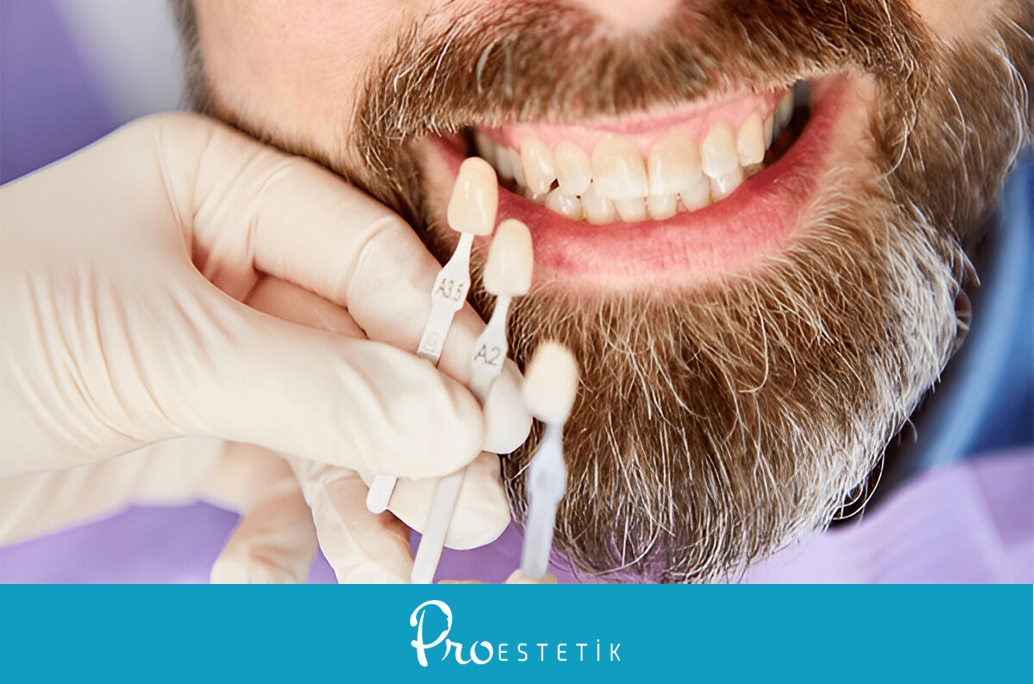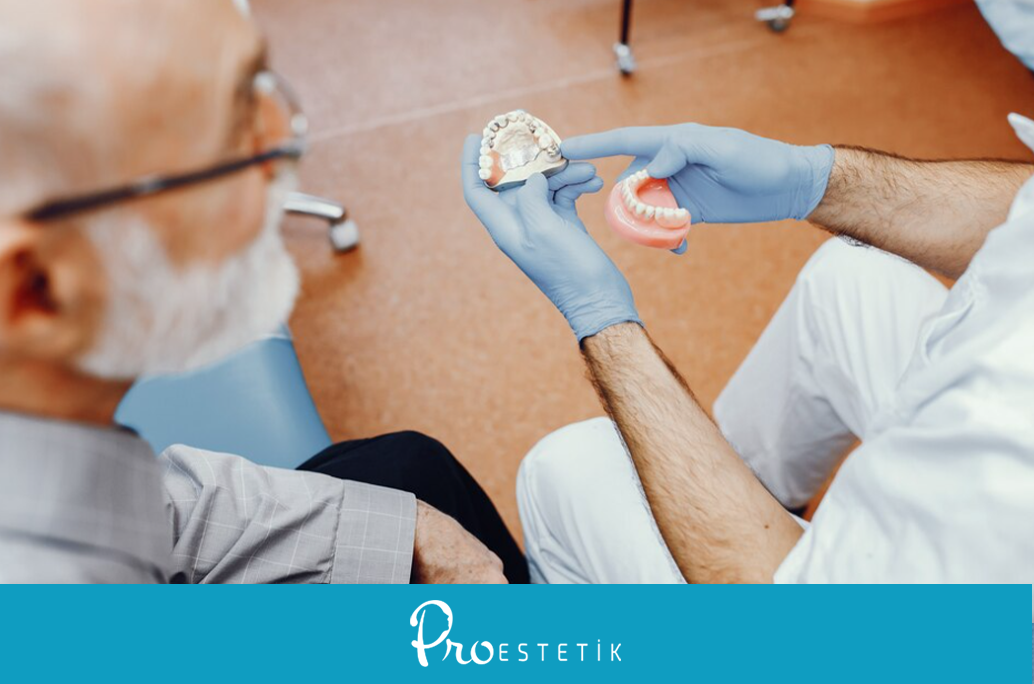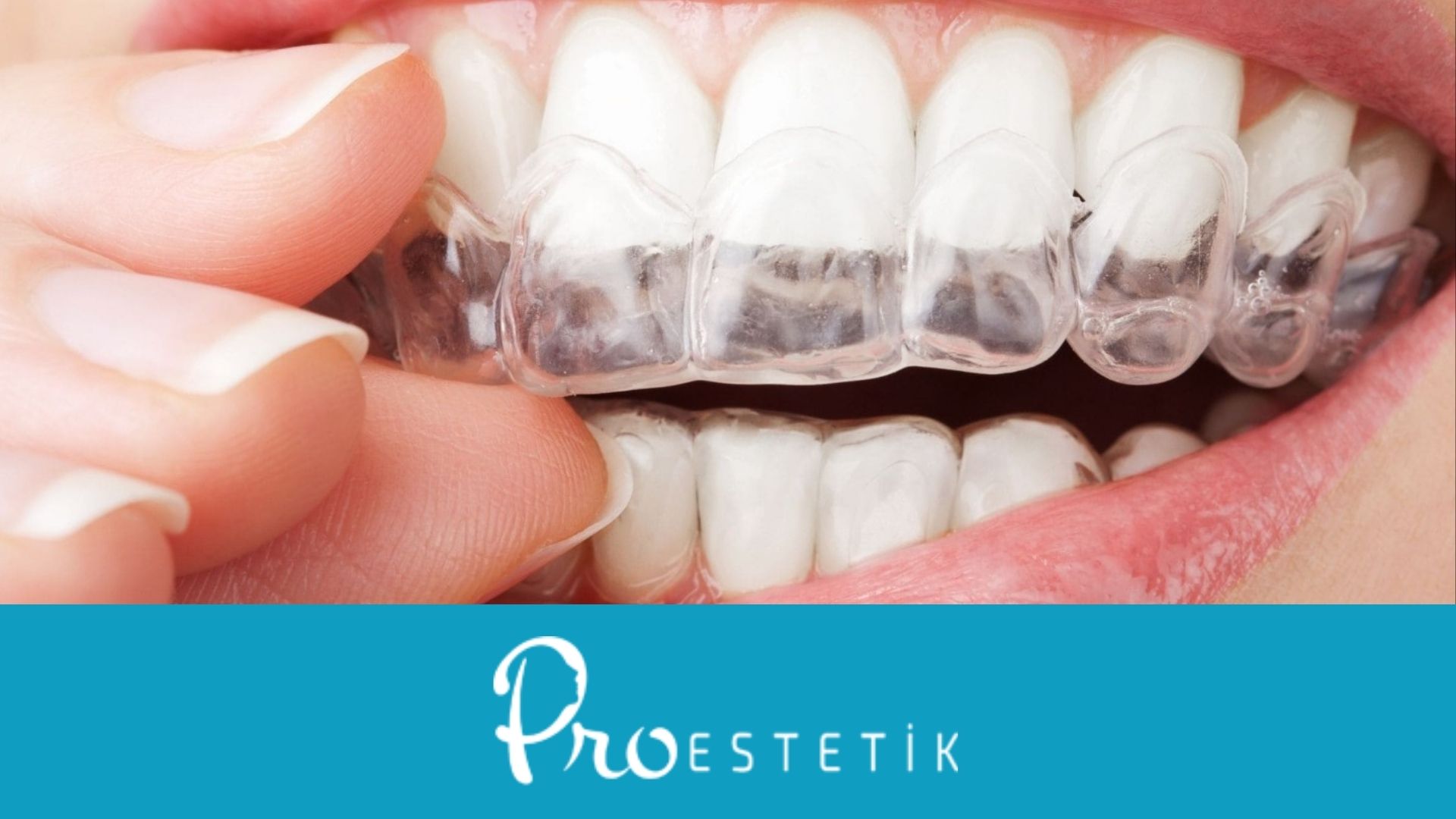Many wonder what splinting is and the purpose of this procedure. Splinting is a common dental practice where teeth are bonded together to stabilize them. This treatment can be used to address various issues, such as gum disease, tooth loss, and jaw trauma.
Let’s explore this treatment in more detail in our article!
What is Dental Splinting?
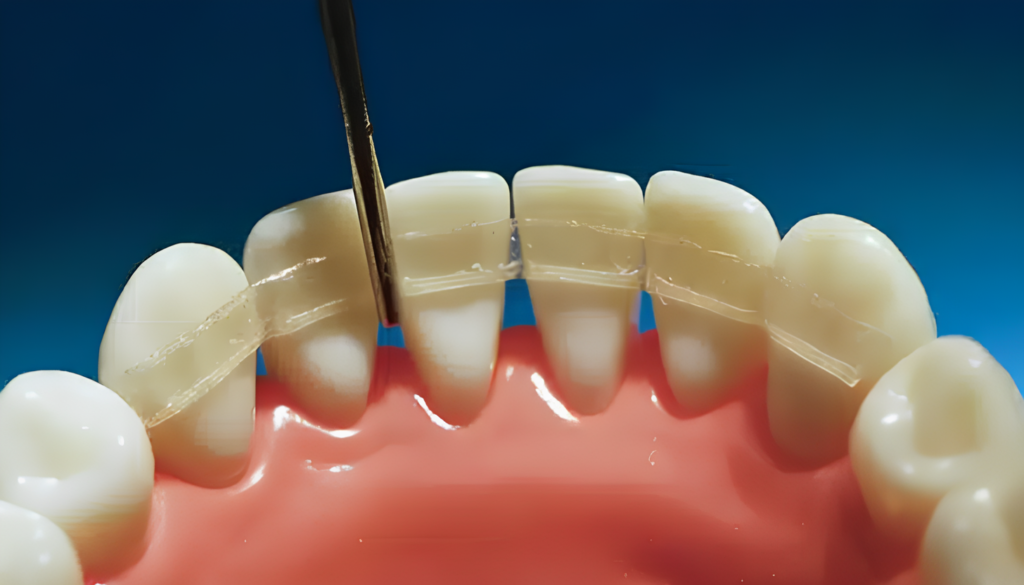
You may be curious about which dental problems splinting is used to address. This procedure is preferred for treating loose and wobbly teeth. In this process, the movable teeth are gathered and fixed together, reducing their mobility to prevent further tooth loss.
Loose teeth don’t usually cause pain immediately, but the issue can persist for a long time. Over time, it can lead to a loss of the surrounding tissues that hold the teeth in place, which can eventually result in tooth loss.
Regular dental check-ups can detect and address these issues early on. Now that we've covered what splinting is, let's briefly discuss why adults might experience loose teeth.
Loose Teeth in Adults
There are numerous reasons why teeth may become loose and wobbly, with three main causes being the most common:
- Severe Attachment Loss: Attachments are tissues that connect the teeth to the bone. Losing these tissues can lead to tooth loosening and, in advanced cases, tooth loss.
- Excessive Bite Force or Teeth Grinding: Both can also cause teeth to become loose and lead to other dental problems.
- Gum Disease: Over time, gum disease weakens the tissue around the teeth, causing gums to recede and become inflamed, which hinders the teeth’s stability. Dental splinting is done to strengthen weak, loose teeth.
For more detailed information on gum disease and treatments, be sure to check out our other article!
CLICK HERE: "Gum Treatment: 6 Important Treatments!"
So, how is dental splinting performed? Let’s explain further below…
How is Dental Splinting Done?

In dental splinting, teeth are bonded together using a fine fiber-reinforced wire, which enhances stability. This treatment prevents teeth from becoming looser and weaker. It can also help reduce pain caused by loose teeth.
During splinting, the wire or other materials used to bond the teeth are placed behind the teeth, making them appear as a single, contiguous unit.
The process begins with a thorough examination. The dentist then decides on the treatment method and materials to be used. Before the procedure, the patient’s mouth is cleaned, and the surfaces of the teeth are polished. Then, the wire is placed, completing the procedure in under an hour.
Different Types of Splinting
Since each patient’s dental condition is unique, different methods are used for various issues. Splinting also has different types, the most common of which are rigid, flexible, and temporary splinting.
Frequently Asked Questions
We have detailed what splinting is. Now, let's address some frequently asked questions about this treatment!
What is Periodontal Splinting, and What Conditions is it Used For?
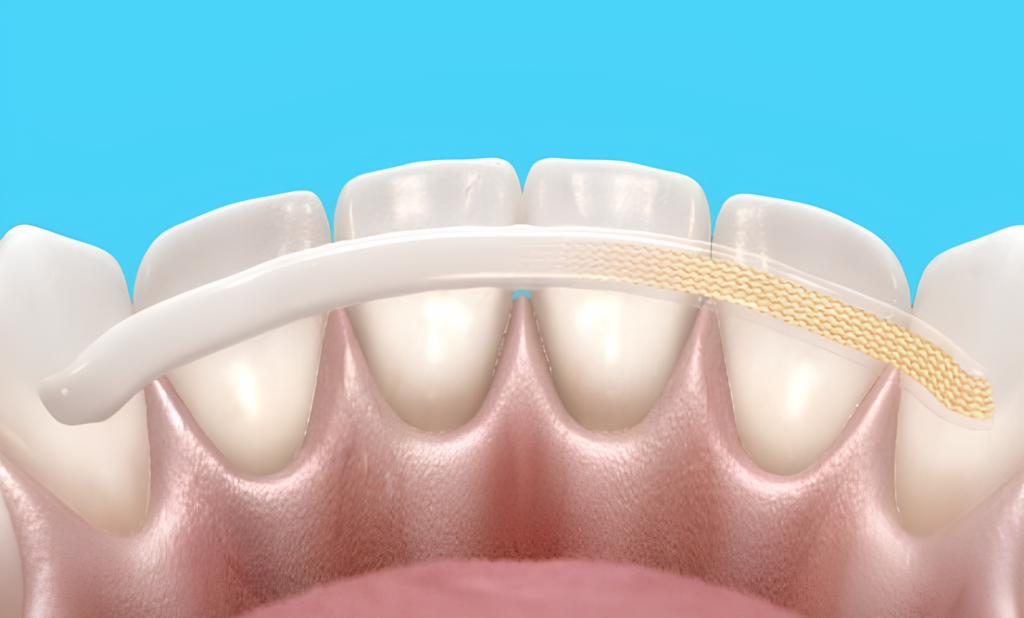
Periodontal splinting involves stabilizing teeth by bonding them together.
This procedure is commonly used to treat certain conditions, including:
- Loose teeth caused by gum disease,
- Loosening of teeth adjacent to gaps created by missing teeth,
- Jaw trauma,
- Weakening of teeth after orthodontic treatment.
How Long Should a Periodontal Splint Be Worn?
Many patients ask how long a periodontal splint should be kept in place. The duration depends on your specific condition. The degree of tooth looseness and the severity of the issue will influence the time required. Typically, this period starts at 14 days and can be extended depending on the condition of your teeth.
What is the Purpose of Dental Splinting?
Dental splints help stabilize and support teeth, preventing them from breaking or falling out. They also provide additional protection against issues like teeth grinding.
Post-Periodontal Splinting Care
As with all dental treatments, proper care is crucial following the splinting procedure. During this period, extra attention should be given to oral hygiene. Additionally, since the teeth are already in a sensitive state, caution should be exercised when eating hard foods.
Contact Us!

In this article, we have summarized what splinting is and which dental problems it can treat. For additional questions about oral and dental health, visit our blog or get in touch with us. You can also take advantage of a free initial consultation by visiting our clinic!
For more information about our services
CLICK HERE: "Our Services!"

 English
English Turkish
Turkish Deutsch
Deutsch العربية
العربية![[:en]What is Splinting? Treatment for Loose Teeth in Adults![:tr]Splintleme Nedir? Yetişkinlerde Diş Sallanması Tedavisi![:de]Was ist das Splinting? Behandlung für Lockerungen der Zähne bei Erwachsenen![:ar]ما هو التثبيت؟ علاج لتخلخل الأسنان عند البالغين![:] Splintleme Nedir?](https://proestetik.com.tr/wp-content/uploads/2024/10/splintleme-nedir.22.png)



